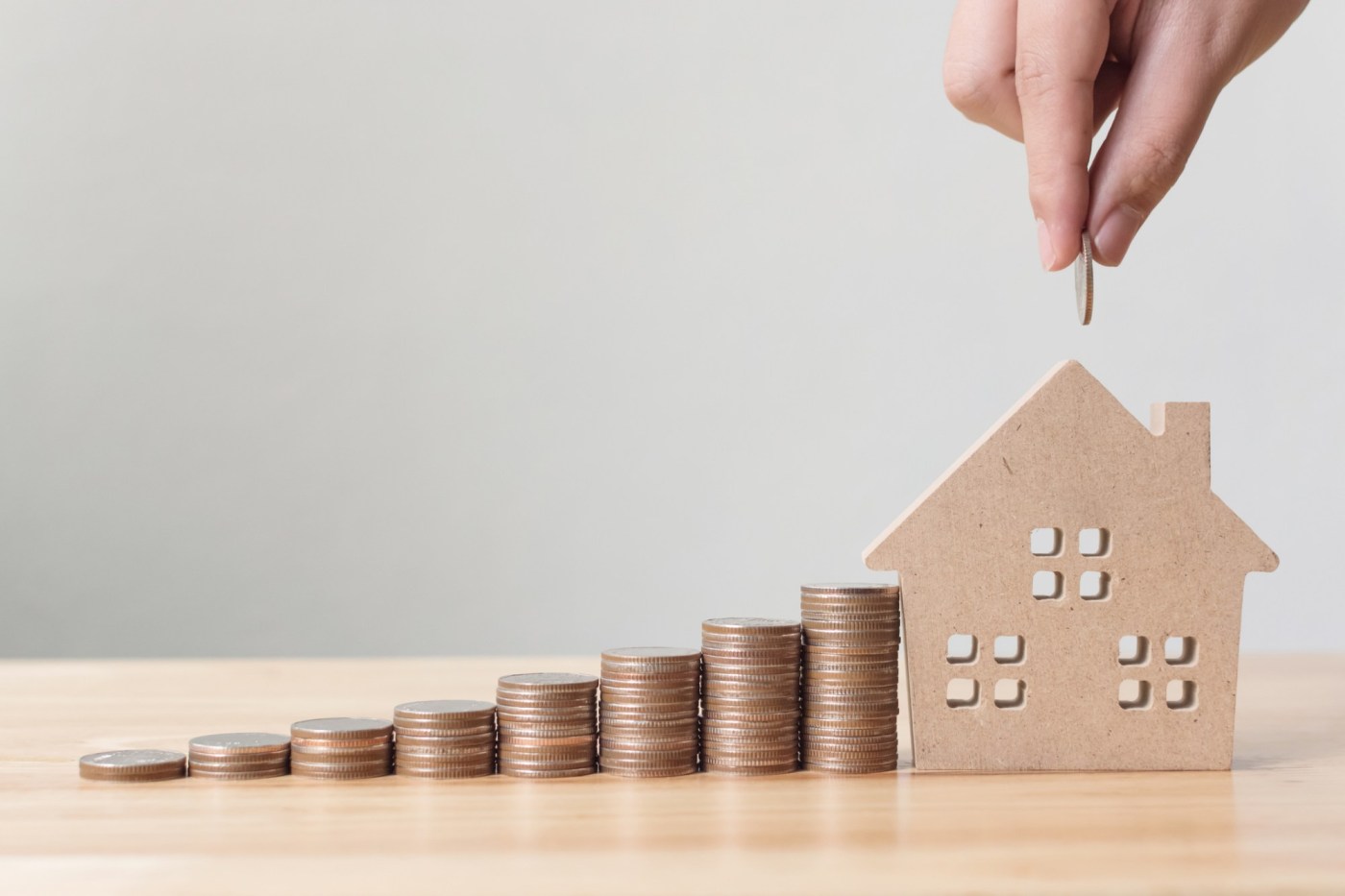By Alex Tanzi | Bloomberg
US households’ inflation-adjusted incomes rose last year for the first time since 2019, yet they still have not fully recovered to pre-pandemic levels.
The median income increased 4% last year to $80,610, according to the Census Bureau’s annual report on income, poverty and health insurance coverage. The gain reflected a moderation in inflation that in 2022 reached a four-decade high. Even so, median incomes were $600 below where they were four years earlier.
While price pressures have moderated, the costs of everything from grocery items to housing and car insurance are much higher than they were before the pandemic. That helps explain why many Americans felt like the economy was in a recession last year, and the economy has been a top issue during the presidential election campaign.
Related Articles
Inflation starts to ease in Bay Area — finally — after years of painful prices
California bankruptcies jump 25% in a year to 4-year high
US inflation reaches a 3-year low as Federal Reserve prepares to cut interest rates
Krugman: Why economists continue to worry about Trumpflation
PG&E bills head higher again — but earlier decreases ease sting
Vice President Kamala Harris, the Democratic candidate, has proposed an agenda that targets low- and middle-class families through measures including tax credits and provisions for cheaper prescription drugs. Her opponent, former President Donald Trump, has blamed the Biden Administration — and Harris — for high costs of living that make Americans feel worse off than when he was leading the country.
The report shows a divergence by race and gender. White households saw an increase in income, while Black, Asian and Hispanic families saw no significant change.
And real median earnings for full-time, year-round working women, regardless of their ethnicity, rose at half the pace of men’s, reversing recent trends. This is the first statistically significant drop in the female-to-male earnings ratio in two decades.
The official US poverty rate — which is calculated before taxes and excludes stimulus payments and tax credits — fell 0.4 percentage point to 11.1%. The rate has been roughly cut in half over the past six decades, and reached a record low before the pandemic.
However, a supplemental poverty measure — which is based on post-tax income and includes government-transfer payments — rose 0.5 percentage point to 12.9% last year.











